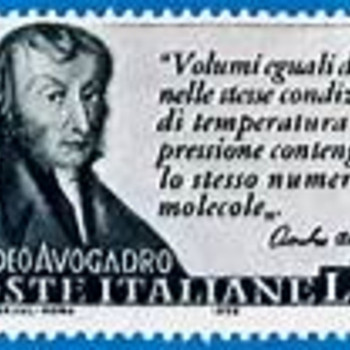Question #7da6e
2 Answers
Explanation:
Atomic weights: 1 g (H) and 16 g (O).
You have excess oxygen since 16 grams of oxygen and 2 grams of hydrogen yield 18 grams of water. Therefore, your limiting reactant is oxygen.
If 16 grams of oxygen and 2 grams of hydrogen form 18 grams of
You wonder how much water is formed if you have 20 grams of oxygen and more than sufficient amount of hydrogen.
Your answer is
You will have an excessive amount of hydrogen which is 1.5 grams.
Well, mass is conserved, so we are going to end up with
Explanation:
We follow the stoichiometric equation......
ANd so dihydrogen, and dioxygen react in a 2:1 molar relationship....
Clearly dioxygen is the limiting reagent, the reagent in stoichiometric deficiency, and thus, given the reaction we should form.......
What is the mass of hydrogen left over?


